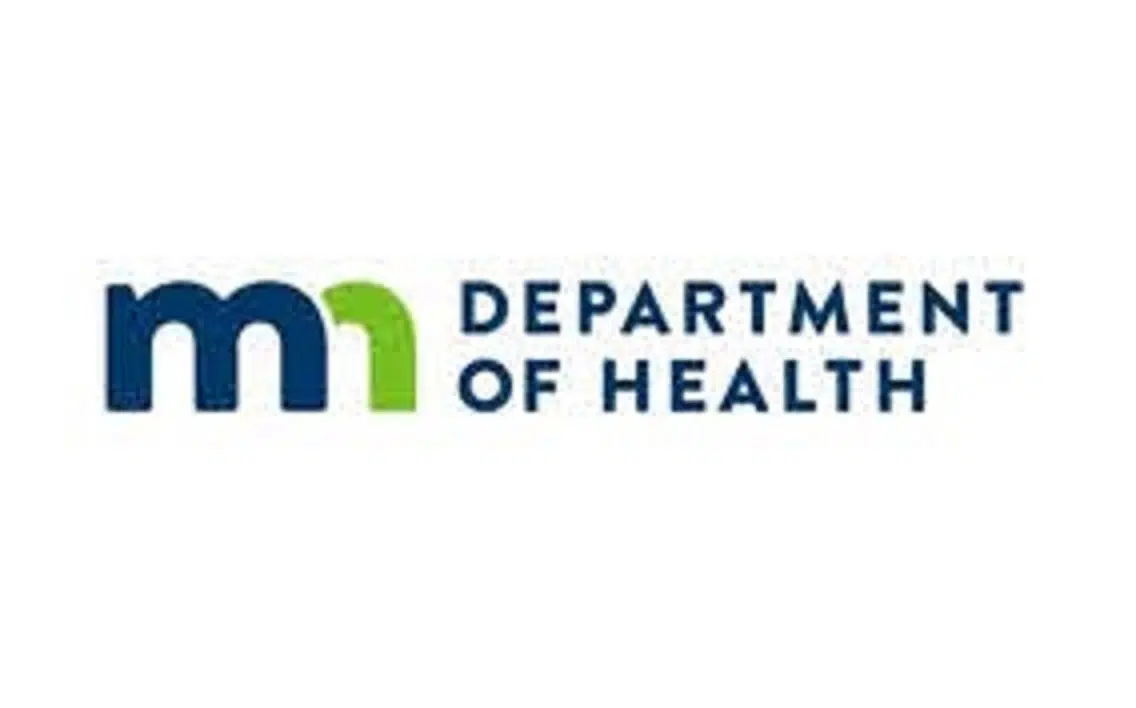
Minnesota Department of Health logo.
ST.PAUL, MN (KELO.com) — The Minnesota Department of Health (MDH) announced the state’s first confirmed COVID-19 case linked to the variant of the SARS-CoV-2 virus known as B.1.351. This case marks the first documented instance of the B.1.351 variant in Minnesota.
To date, a total of 91 other cases of the variant have been found in 21 other states. This variant has been detected in 48 countries. While the variant is thought to be more transmissible than the initial strain of the virus that causes COVID-19 disease, it is not yet known whether the variant causes more severe illness.
The Minnesota variant case was found by a commercial laboratory that runs specimens from Minnesota and other states. It was confirmed on March 10 through whole genome sequencing by the Centers for Disease Control and Prevention (CDC).
The person is in their 40s and is a resident of the Twins Cities area. The person became ill on Jan. 24 and the specimen was collected Jan. 29. While they had no recent travel history, they may have had exposure to someone with international travel, health officials said. The person was not hospitalized. An investigation is ongoing.
Health officials are watching the situation closely because the person’s specimen had an additional mutation to the virus that may make immunity from vaccine or prior infection less responsive.
According to Minnesota Commissioner of Health Jan Malcolm, this new finding underscores the importance of continued efforts by all Minnesotans to limit the spread of COVID-19.
“The virus continues to mutate as all viruses do,” Malcolm said. “That’s yet another reason why we want to limit COVID-19 transmission – the fewer people who get COVID-19, the fewer opportunities the virus has to mutate. The good news is that we can slow that process by wearing masks, keeping social distance, staying home when sick, and getting tested when appropriate.”
While the confirmation of the variant came only this week, the Minnesota patient was notified of being positive for COVID-19 back in late January and MDH investigators interviewed the patient Jan. 31. During that interview, the patient was advised to isolate from others and have any close contacts observe quarantine, as per standard protocol.
While the Minnesota case had no history of travel, State Epidemiologist Dr. Ruth Lynfield said travel can increase the potential for spread of variants.
“It’s important to limit travel during a pandemic as much as possible and if you must travel, it is important to follow public health guidance on getting tested prior to travel, using careful protective measures during travel, and quarantining and getting tested after travel,” Dr. Lynfield said.
CDC recommends getting tested one to three days before an international flight, quarantining for at least seven days after the flight and testing three to five days after arrival. It is also recommended that people consider getting tested one to three days prior to domestic travel, restrict activities for at least seven days upon return and test for COVID-19 three to five days after arrival.
“Widespread testing is the best tool we have for tracking what COVID-19 is doing in Minnesota,” MDH Assistant Commissioner Dan Huff said. “Broad testing is also the best way to find asymptomatic cases, which we know can still spread the virus to others. Testing is a key tool in our toolbox to mitigate the impact of this pandemic: Test, isolate, quarantine, practice social distancing, wear a mask, avoid gatherings outside your household whenever possible, and stay home if you are ill.”
(The MDH contributed this report.)





Comments